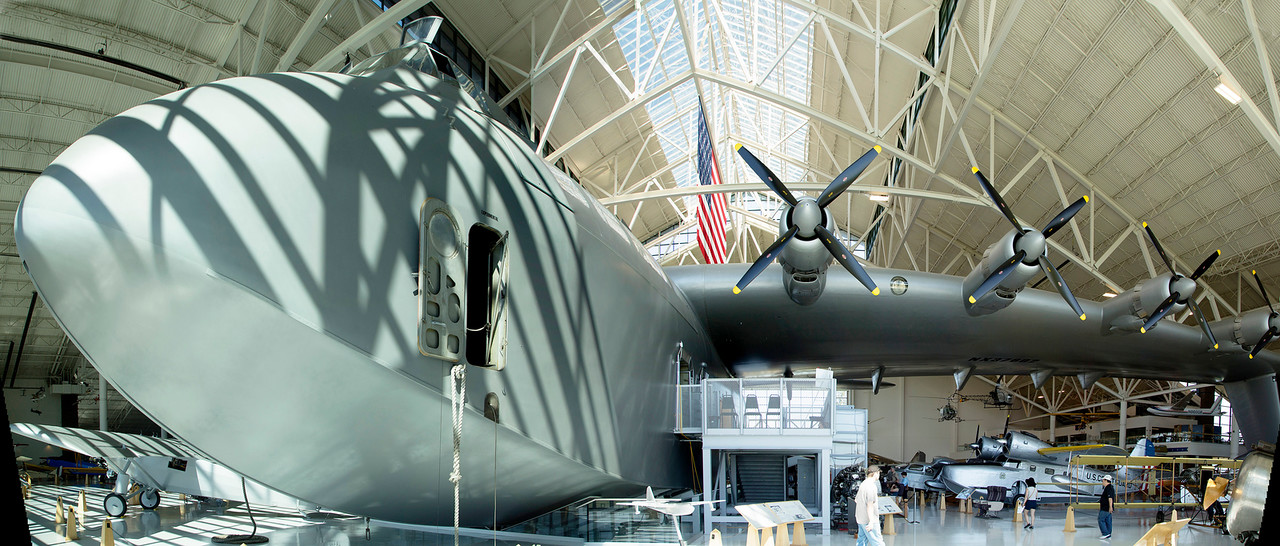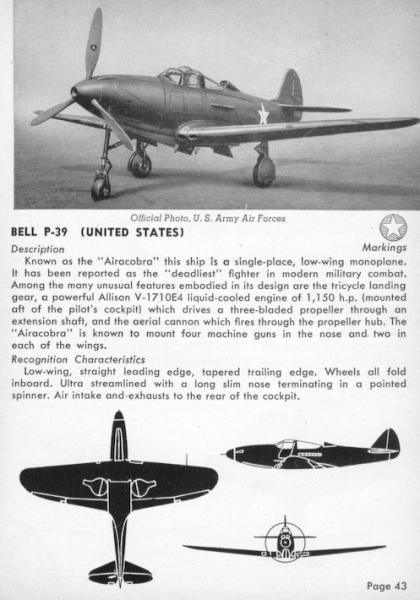Worst Airplanes
Today, the worst airplanes ever built! The University of Houston's College of Engineering presents this series about the machines that make our civilization run, and the people whose ingenuity created them.
The other evening I found a neat book languishing on a bookstore bargain table -- Bill Yenne's The World's Worst Aircraft. This book ought to be a required text in our engineering design courses. Yenne recounts this century's great aviation failures.
Well, mostly this century's. He does mention Icarus's waxen wings. But he isn't out to make fun of the long epoch of experimentation. He's more interested in pinpointing threads of foolishness that repeatedly led to failure after we'd learned to fly heavier-than-air machines. He shows us the ill-conceived roles designers have imagined for airplanes, airplane designs that've ignored aerodynamic knowledge, airplanes made badly in so many ways.
Example: the Douglas X-3 Stiletto was built in 1952. It's the most streamlined airplane I've ever seen -- long and pointed with tiny stubby wings. It was meant to "explore the supersonic flight environment," but it didn't have enough power to reach Mach 1.
The Russian supersonic passenger jet, the Tupolev-144, came out of a mad scramble to beat the Concorde into the air in 1968. Both planes were struggling to find a market. Then a Tupolev blew up over a French air show. After that it was relegated to carrying freight across Siberia. The Tupolev's second attempt to enter the passenger market ended in another crash, and the plane was doomed. In this case the design error was simple haste. The finished Tupolev had so many bugs it could no longer be set right.
The haste of wartime yields fine failures. Who remembers all the perfectly frightful airplanes made by Britain's Royal Aircraft Factory in the early days of WW-I? The bad airplanes of WW-II are another matter. I made balsa-wood models of those machines without ever suspecting how bad some of them were.
Take the Bell Airacobra. It was a sleek-looking plane with lots of fire-power, but it was under-powered and unstable. We made almost ten thousand of them, then gave most of those to the Russians for strafing German soldiers. I was fascinated then (as I am now) by the Blohm-Voss-141 attack plane. It had a fuselage with one engine, but the pilot rode in an off-center pod on the wing alongside the fuselage. Half a tail reached only to the far side of that unbalanced fuselage. It was called the world's most asymmetric airplane. It performed well enough, but no one could digest its bizarre appearance.
The parade goes on: planes that couldn't take off, planes that couldn't land, failed secret weapons, and Howard Hughes's eight-engine Spruce Goose with half again the wingspan of a 747. The Goose was made, not of spruce, but of birch. It might've been a fine plane, but we'll never know. Hughes flew it thirty or so feet off the water in 1948. Then he moth-balled it. What else could he do? The day of large flying boats was gone. No matter how good it was, it too now had to join the ranks of The World's Worst Aircraft.

The Hughes Hercules, aka The Spruce Goose, at the Evergreen Air Museum, McMinnville, Oregon. Photo by John Lienhard
I'm John Lienhard, at the University of Houston, where we're interested in the way inventive minds work.
(Theme music)
Yenne, B., The World's Worst Aircraft. New York: Barnes & Noble Books, 1987

A page describing the Bell Airacobra (or P-39) from a 1943 Warplane Spotter's Manual. (Published by the U.S. Government.)
Click on the thumbnail for a full-size image.

The Blohm & Voss Bv-141, "World's Most Asymmetric Airplane"
Image adapted from Yenne's text by John Lienhard